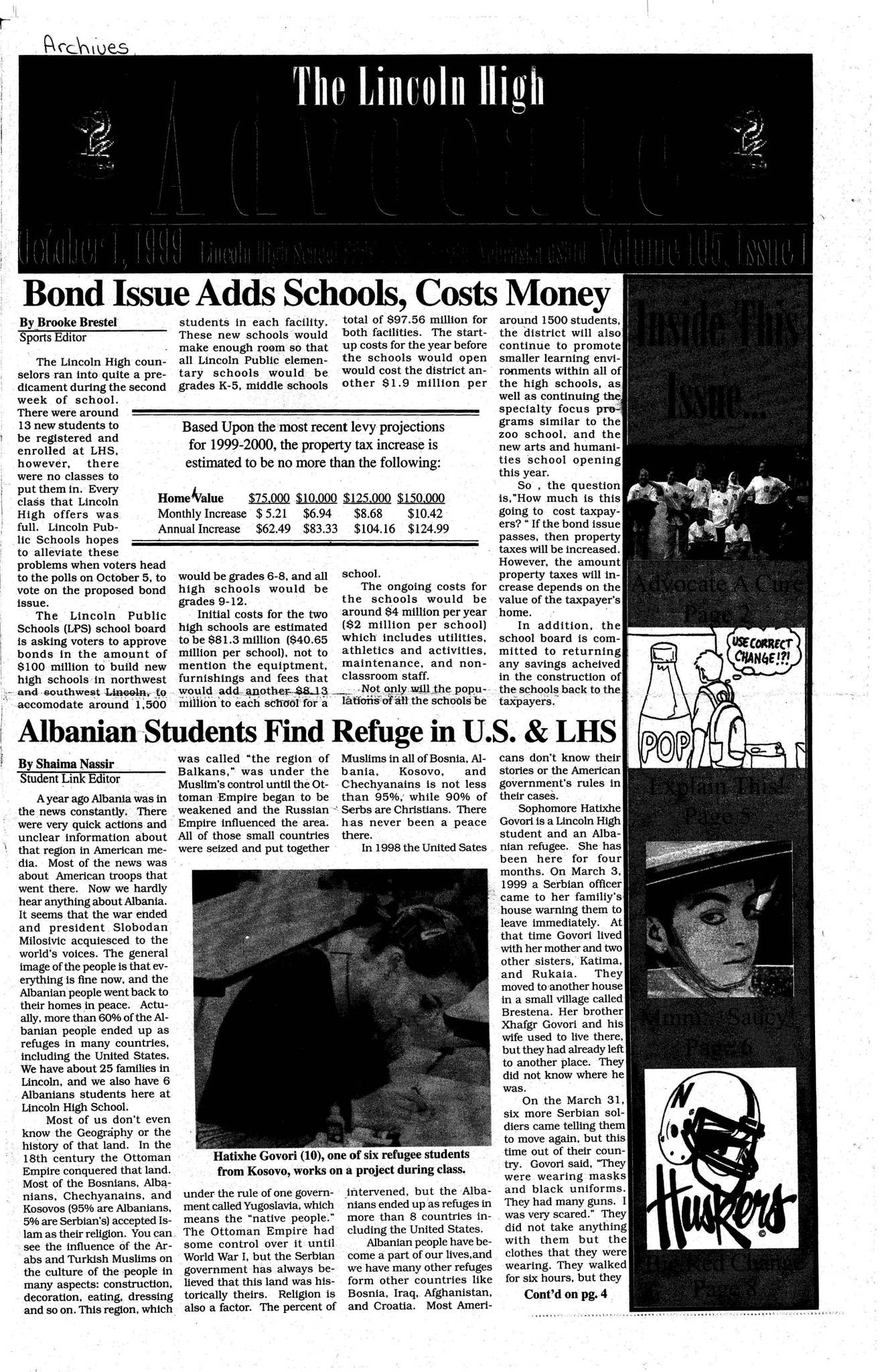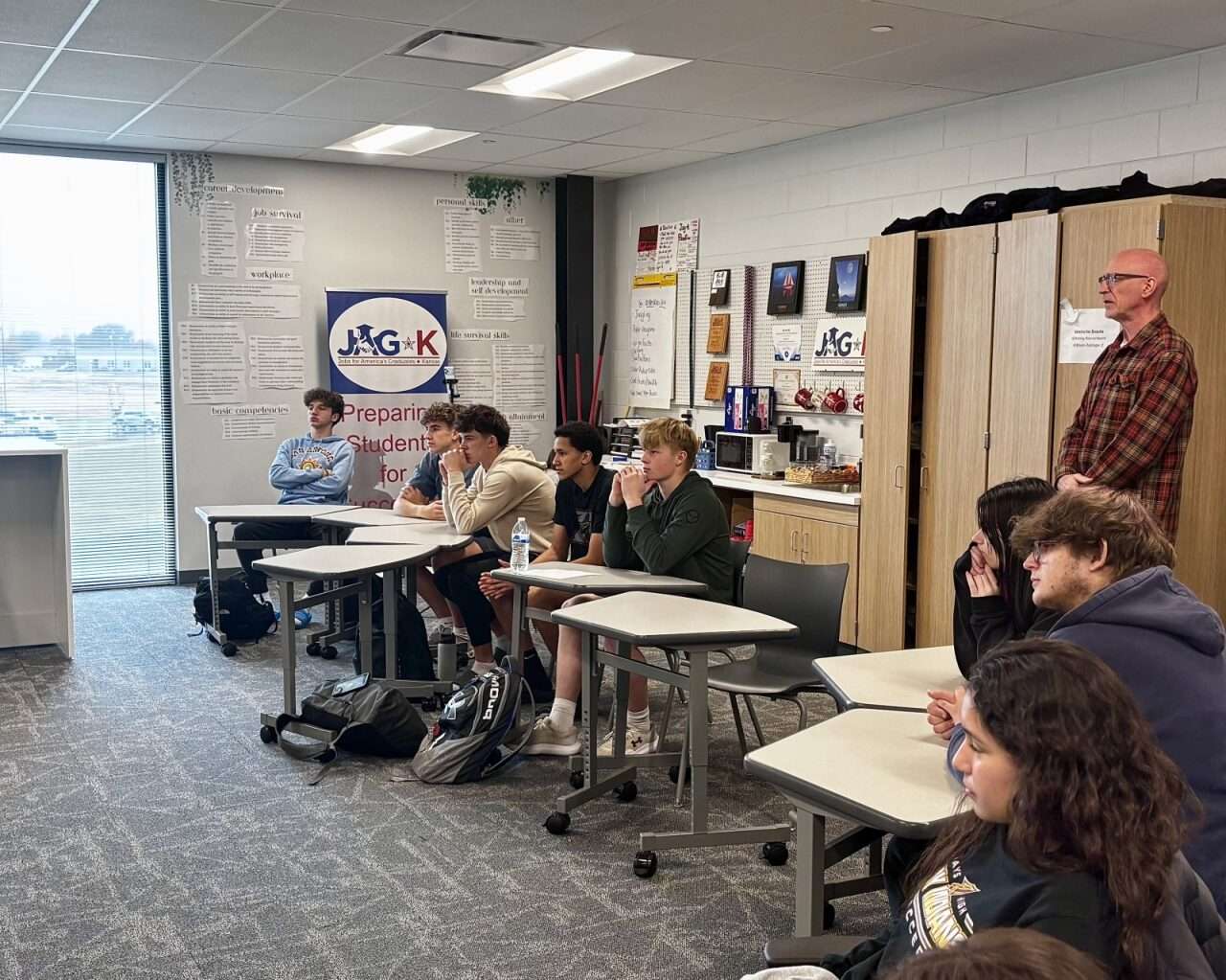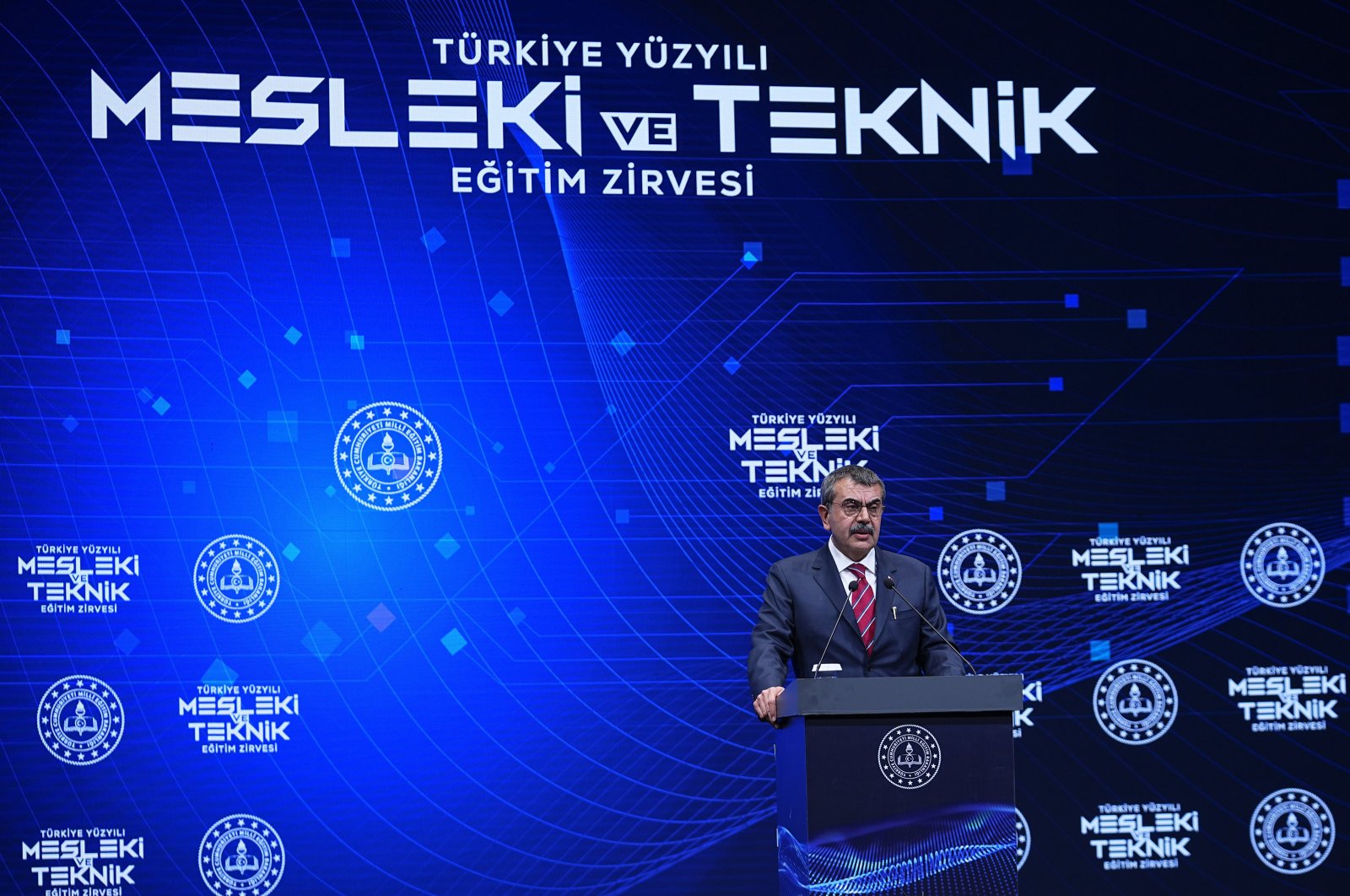House Of Representatives Commission X Highlights 44 Percent Of Education Budget Diverted To MBG Program: This Must Be Reviewed – VOI.ID

Report on Indonesia’s 2026 Education Budget and Alignment with Sustainable Development Goals
Executive Summary
A report from Commission X of the House of Representatives (DPR RI) underscores the critical need for effective and targeted utilization of Indonesia’s proposed 2026 education budget of IDR 757.8 trillion. The allocation, representing 20% of the State Budget (APBN), is a significant national commitment to advancing Sustainable Development Goal 4 (Quality Education). However, concerns regarding potential inefficiencies and misallocations threaten the achievement of this goal and its contribution to broader national development, including SDG 8 (Decent Work and Economic Growth) and SDG 10 (Reduced Inequalities). Effective management is paramount to ensure the budget translates into improved human capital and equitable opportunities for all citizens.
Challenges in Budget Allocation and Institutional Accountability (SDG 16)
Member of Commission X, Adde Rosi Khoerunnisa, highlighted significant disparities in budget management that could undermine the nation’s educational objectives. These issues of institutional effectiveness are central to SDG 16 (Peace, Justice, and Strong Institutions), which calls for accountable and transparent governance. The primary concern involves the allocation of funds to Ministries/Institutions (PTKL) compared to the Ministry of Education and Technology.
- PTKL Funding Disparity: PTKL entities are allocated 39% of the education function budget to serve approximately 200,000 students.
- Ministry of Education Funding: In contrast, the Ministry of Education and Technology manages only 22% of the budget for a vastly larger student population, comprising 3.9 million students in state universities (PTN) and 4.4 million in private universities (PTS).
- Institutional Inefficiency: The current PTKL system is spread across 24 ministries and institutions, encompassing 124 universities and 892 study programs. A call has been made for the organization and simplification of this structure to ensure funding is targeted and aligned with national educational mandates.
Failure to address these allocation imbalances risks budget leakage and a decline in educational quality, directly impacting the development of Indonesia’s human resources.
Strategic Priorities for Achieving SDG 4 Targets
The 2026 education budget is focused on several key areas that align directly with specific targets under SDG 4. The successful implementation of these priorities is essential for transforming the financial investment into tangible outcomes.
- Improving Teacher and Lecturer Welfare: An allocation of IDR 178.7 trillion is designated for enhancing the welfare of educators. This investment is crucial for fulfilling SDG Target 4.c, which aims to substantially increase the supply of qualified teachers. As the driving force of knowledge transformation, well-supported teachers are the key to quality education.
- Expanding Scholarship Access: The provision of scholarships for students directly supports SDG Target 4.b (expanding scholarships for higher education) and promotes SDG Target 4.3 (ensuring equal access for all women and men to affordable and quality technical, vocational and tertiary education). This initiative is also a vital tool for achieving SDG 10 (Reduced Inequalities).
- Strengthening Educational Infrastructure: Budgetary focus on infrastructure is aligned with SDG Target 4.a, which calls for building and upgrading education facilities to create safe, inclusive, and effective learning environments for all students.
- Curriculum Relevance: Enhancing the curriculum ensures that education provides relevant learning outcomes, a foundational component for the overall mission of SDG 4 and for preparing students for the workforce, thereby contributing to SDG 8.
Conclusion: Fostering Human Capital for Sustainable Growth
The Golkar faction has expressed its full support for the proposed budgetary plans, emphasizing a commitment to ensuring quality education is accessible to all Indonesians. The effective and transparent management of the IDR 757.8 trillion budget is not merely a financial exercise but a strategic imperative for national progress. By aligning educational spending with the targets of the Sustainable Development Goals, Indonesia can enhance its human capital, drive economic growth (SDG 8), and build a more equitable society (SDG 10).
Analysis of Sustainable Development Goals in the Article
1. Which SDGs are addressed or connected to the issues highlighted in the article?
-
SDG 4: Quality Education
This is the primary SDG addressed. The entire article revolves around the education budget, the quality of education, teacher welfare, educational infrastructure, and ensuring access to education for all citizens. The statement, “We will ensure that quality education can be enjoyed by all Indonesian people,” directly aligns with the core mission of SDG 4.
-
SDG 10: Reduced Inequalities
The article touches upon reducing inequalities by mentioning that the budget will be focused on “scholarships for students.” This initiative aims to provide educational opportunities to individuals who might otherwise be unable to afford them, thereby reducing economic and social barriers to education and promoting equality.
-
SDG 16: Peace, Justice and Strong Institutions
This goal is relevant through the discussion of governance and budget management. The concern raised by Adde Rosi Khoerunnisa about the education budget not being “used properly” and the “potential for leakage” points to the need for effective, accountable, and transparent institutions (Target 16.6). The critique of how funds are allocated between Ministries/Institutions (PTKL) and the Ministry of Education highlights issues of institutional efficiency and accountability.
2. What specific targets under those SDGs can be identified based on the article’s content?
-
Under SDG 4 (Quality Education):
- Target 4.1: By 2030, ensure that all girls and boys complete free, equitable and quality primary and secondary education. The article’s overarching goal to “ensure that quality education can be enjoyed by all Indonesian people” supports this target’s aim for equitable and quality education for all.
- Target 4.3: By 2030, ensure equal access for all women and men to affordable and quality technical, vocational and tertiary education, including university. The discussion about state universities (PTN), private universities (PTS), and ministry-run universities (PTKL), along with the provision of “scholarships for students,” directly relates to access to tertiary education.
- Target 4.c: By 2030, substantially increase the supply of qualified teachers. The article heavily emphasizes this by stating, “The welfare of teachers is the key to quality education,” and highlights a specific allocation of “IDR 178.7 trillion” to improve teacher welfare, which is a crucial step in retaining and attracting qualified teachers.
- Target 4.a: Build and upgrade education facilities. The article mentions that the education budget will be focused on “strengthening educational infrastructure,” which directly corresponds to this target.
-
Under SDG 10 (Reduced Inequalities):
- Target 10.3: Ensure equal opportunity and reduce inequalities of outcome. The plan to use the budget for “scholarships for students” is a direct policy action aimed at ensuring that students from various economic backgrounds have an equal opportunity to access higher education.
-
Under SDG 16 (Peace, Justice and Strong Institutions):
- Target 16.6: Develop effective, accountable and transparent institutions at all levels. The concern that “the potential for leakage will continue to occur” if the budget is not used properly, and the critique of inefficient budget allocation where PTKLs receive 39% of the budget for far fewer students than the Ministry of Education, are calls for greater accountability and effectiveness in public finance management within the education sector.
3. Are there any indicators mentioned or implied in the article that can be used to measure progress towards the identified targets?
-
Financial Input Indicators: The article provides specific financial figures that serve as direct indicators of commitment.
- The total education budget set at IDR 757.8 trillion for the 2026 RAPBN.
- The education budget as a proportion of the national budget, which is “20 percent of the APBN,” aligning with a common national indicator for educational investment.
- The specific allocation of IDR 178.7 trillion to improve the welfare of teachers and lecturers, which can be used to measure progress towards Target 4.c.
-
Institutional Efficiency Indicators (Implied): The article implies the need for indicators to measure how efficiently funds are used.
- The comparison of budget percentage (39% for PTKL) versus the number of students served (200 thousand) is used as an implicit indicator of inefficient resource allocation that needs to be addressed to meet Target 16.6.
-
Access and Equity Indicators (Implied):
- The number of “scholarships for students” provided would be a direct indicator for measuring progress towards ensuring equal access to tertiary education (Targets 4.3 and 10.3).
-
Quality Indicators (Implied):
- The article mentions that improper budget use could lead to a decrease in the “quality of education” and the “quality of Indonesian human resources (HR).” While not quantified, these are the ultimate outcomes that the budget aims to improve, serving as qualitative indicators for SDG 4.
4. Table of SDGs, Targets, and Indicators
| SDGs | Targets | Indicators Identified in the Article |
|---|---|---|
| SDG 4: Quality Education |
4.1: Ensure equitable and quality education for all.
4.3: Ensure equal access to affordable and quality tertiary education. 4.c: Increase the supply of qualified teachers. 4.a: Build and upgrade education facilities. |
– Total education budget (IDR 757.8 trillion). – Education budget as a percentage of the national budget (20% of APBN). – Number of scholarships for students (implied). – Budget allocation for teacher and lecturer welfare (IDR 178.7 trillion). – Budget allocation for strengthening educational infrastructure (implied). – Overall quality of education and human resources (qualitative). |
| SDG 10: Reduced Inequalities | 10.3: Ensure equal opportunity and reduce inequalities of outcome. | – Provision of “scholarships for students” to promote equal access to education. |
| SDG 16: Peace, Justice and Strong Institutions | 16.6: Develop effective, accountable and transparent institutions. |
– “Potential for leakage” of funds as a negative indicator of institutional effectiveness. – Disproportionate budget allocation vs. student numbers (e.g., 39% of budget for PTKLs with only 200 thousand students) as an indicator of inefficiency. |
Source: voi.id

What is Your Reaction?
 Like
0
Like
0
 Dislike
0
Dislike
0
 Love
0
Love
0
 Funny
0
Funny
0
 Angry
0
Angry
0
 Sad
0
Sad
0
 Wow
0
Wow
0

















































:focal(1500,1000)/https://media.globalcitizen.org/a6/9a/a69a4720-d8a1-4715-b596-18738d03c05c/rotary_polio_hero_image.jpg?#)






/countries/sri-lanka/photo-credit---dmc-sri-lanka.tmb-1200v.jpg?sfvrsn=dc298bcc_1#)


















